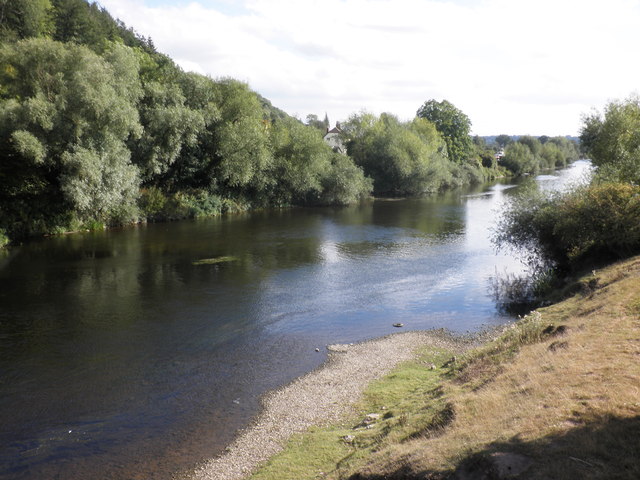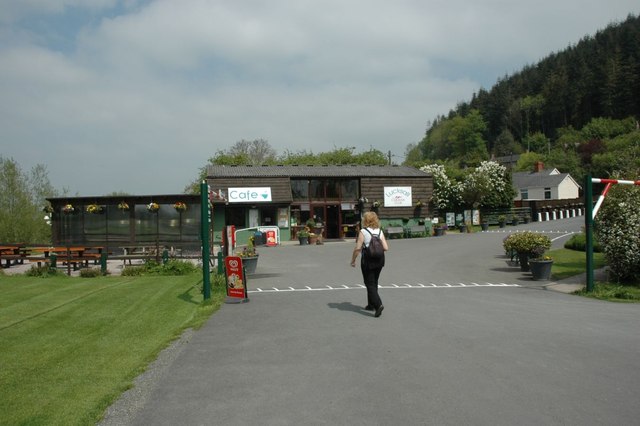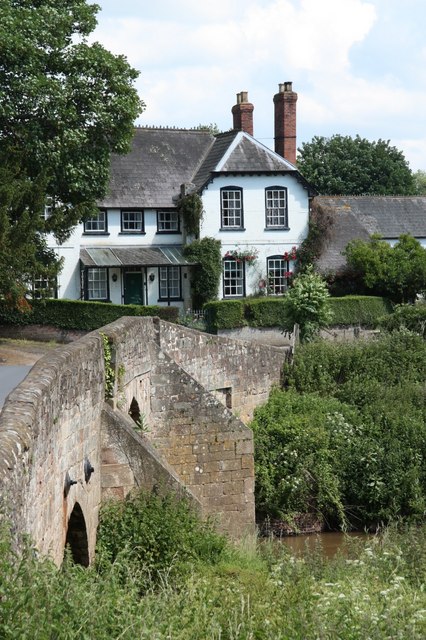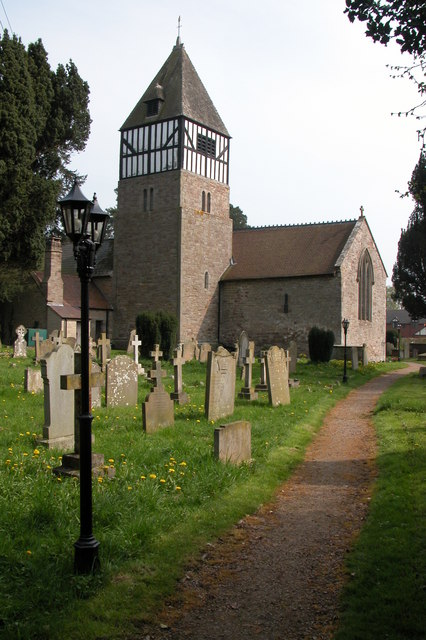Kidley Coppice
Wood, Forest in Herefordshire
England
Kidley Coppice
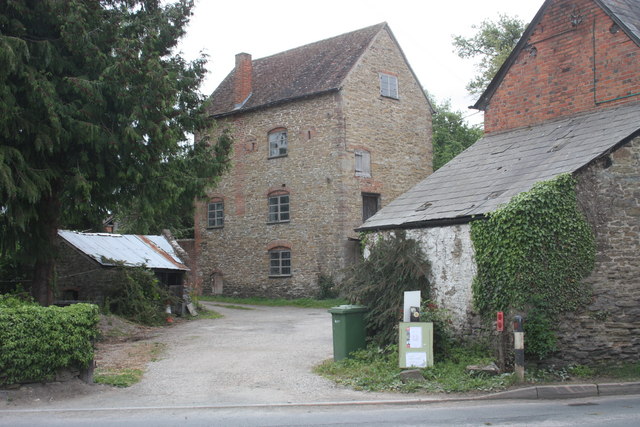
Kidley Coppice is a picturesque wood located in Herefordshire, a county in the West Midlands region of England. This enchanting forest is nestled within the mesmerizing countryside and spans approximately 60 acres. It is well-known for its natural beauty and serene atmosphere, attracting nature lovers, hikers, and photographers alike.
The wood is predominantly composed of deciduous trees, including oak, beech, ash, and birch, which create a dense canopy overhead, providing shade and shelter for various wildlife species. The forest floor is covered in a lush carpet of ferns, moss, and wildflowers, adding to the charm and tranquility of the area.
Kidley Coppice is crisscrossed by a network of footpaths and trails, making it an ideal destination for those seeking outdoor adventures. Visitors can explore the wood on foot, immersing themselves in its peaceful ambiance while enjoying the sights and sounds of nature. The trails offer panoramic views of the surrounding countryside, providing glimpses of rolling hills, meandering streams, and vibrant meadows.
The wood is home to a diverse range of wildlife, including deer, foxes, rabbits, and a variety of bird species. Birdwatchers can often spot woodpeckers, owls, and songbirds among the treetops. The forest also supports a rich array of plant life, with rare species such as bluebells and orchids adding to its ecological significance.
Kidley Coppice is a popular destination for nature enthusiasts and provides a welcome escape from the hustle and bustle of city life. Its natural beauty and enchanting surroundings make it a perfect spot for relaxation, exploration, and reconnecting with the great outdoors.
If you have any feedback on the listing, please let us know in the comments section below.
Kidley Coppice Images
Images are sourced within 2km of 52.031897/-2.6151855 or Grid Reference SO5737. Thanks to Geograph Open Source API. All images are credited.

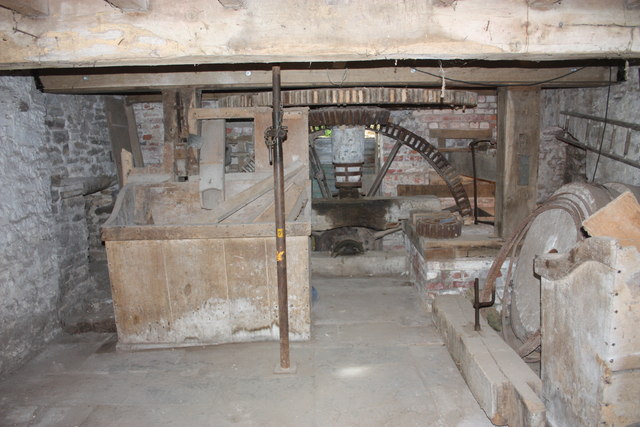


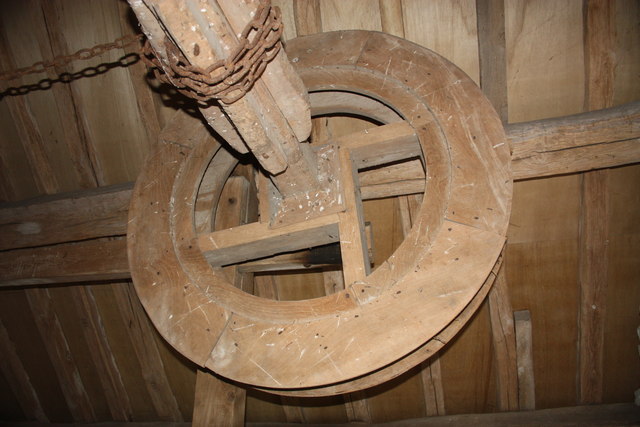
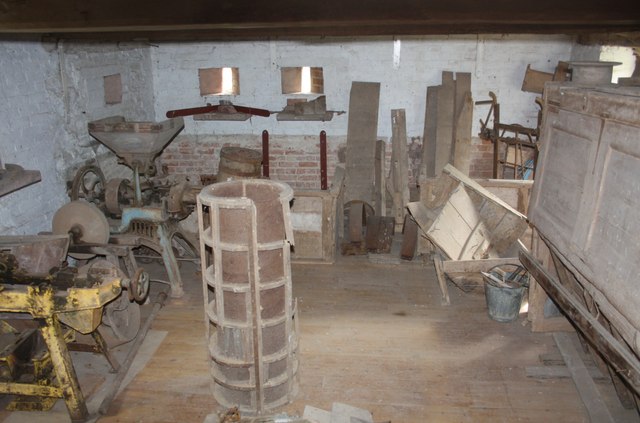
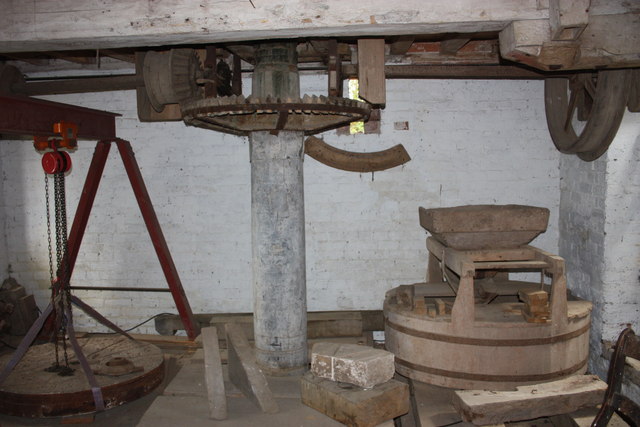

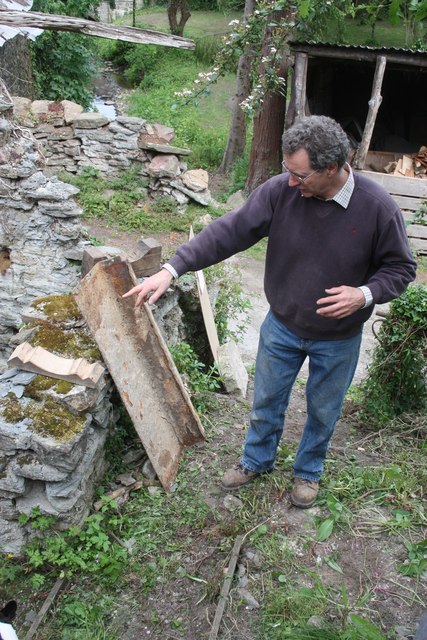
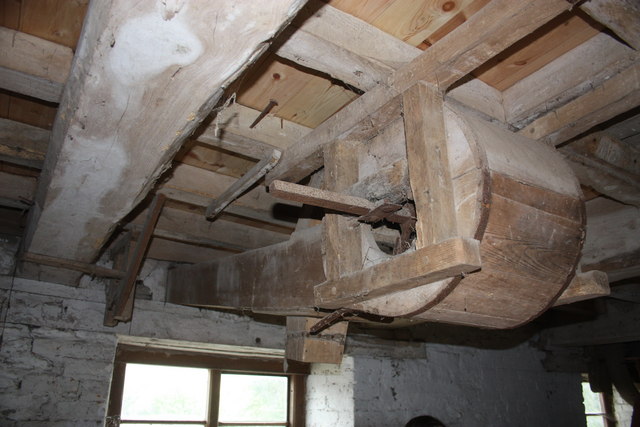


Kidley Coppice is located at Grid Ref: SO5737 (Lat: 52.031897, Lng: -2.6151855)
Unitary Authority: County of Herefordshire
Police Authority: West Mercia
What 3 Words
///walkway.rich.arise. Near Lugwardine, Herefordshire
Nearby Locations
Related Wikis
Mordiford
Mordiford is a village and civil parish in Herefordshire, England on the B4224 Hereford to Mitcheldean road 4 miles (6 km) east-southeast of the city of...
River Lugg
The River Lugg (Welsh: Afon Llugwy) rises near Llangynllo in Radnorshire, Wales. It flows through the border town of Presteigne and then through Herefordshire...
Fiddler's Green, Herefordshire
Fiddler's Green is a hamlet in the English county of Herefordshire. It is located near the River Wye on the B4224 road that connects Hereford and Ross...
Hampton Bishop
Hampton Bishop is a village and civil parish south-east of Hereford, in Herefordshire, England. The population of the civil parish at the 2011 Census was...
Nearby Amenities
Located within 500m of 52.031897,-2.6151855Have you been to Kidley Coppice?
Leave your review of Kidley Coppice below (or comments, questions and feedback).



